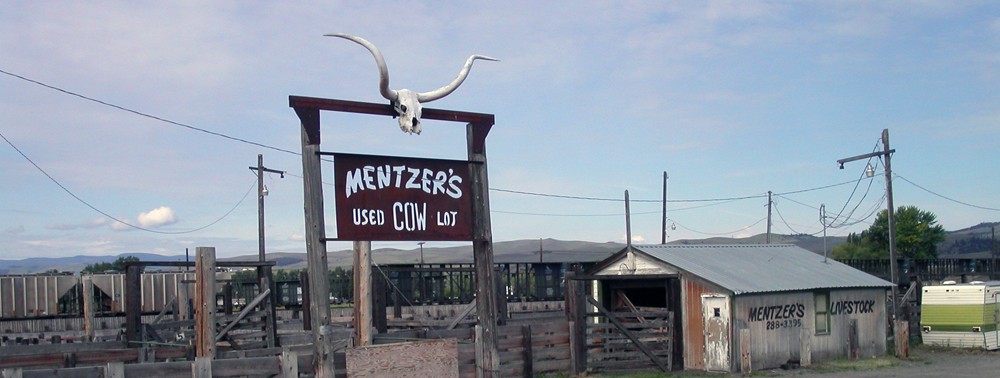Last week I testified at a Georgia House of Representatives judiciary subcommittee hearing on a bill that would amend the state’s historic preservation law. HB 802, described as an act “to allow for subdivision of historic property,” was introduced by Rep. Doug McKillip (R-115th Dist.) of Athens. If enacted, the amendment would allow property owners in locally-designated historic districts to bypass historic preservation commissions with proposals to subdivide their properties.
The bill has received little media attention in Georgia. One exception is an Athens Banner-Herald article published in January.
I was asked by DeKalb County preservationists to testify in opposition to the bill. I joined Georgia Trust for Historic Preservation CEO Mark McDonald and current and former Druid Hills Civic Association presidents Robert Benfield and Bruce McGregor. Continue reading






